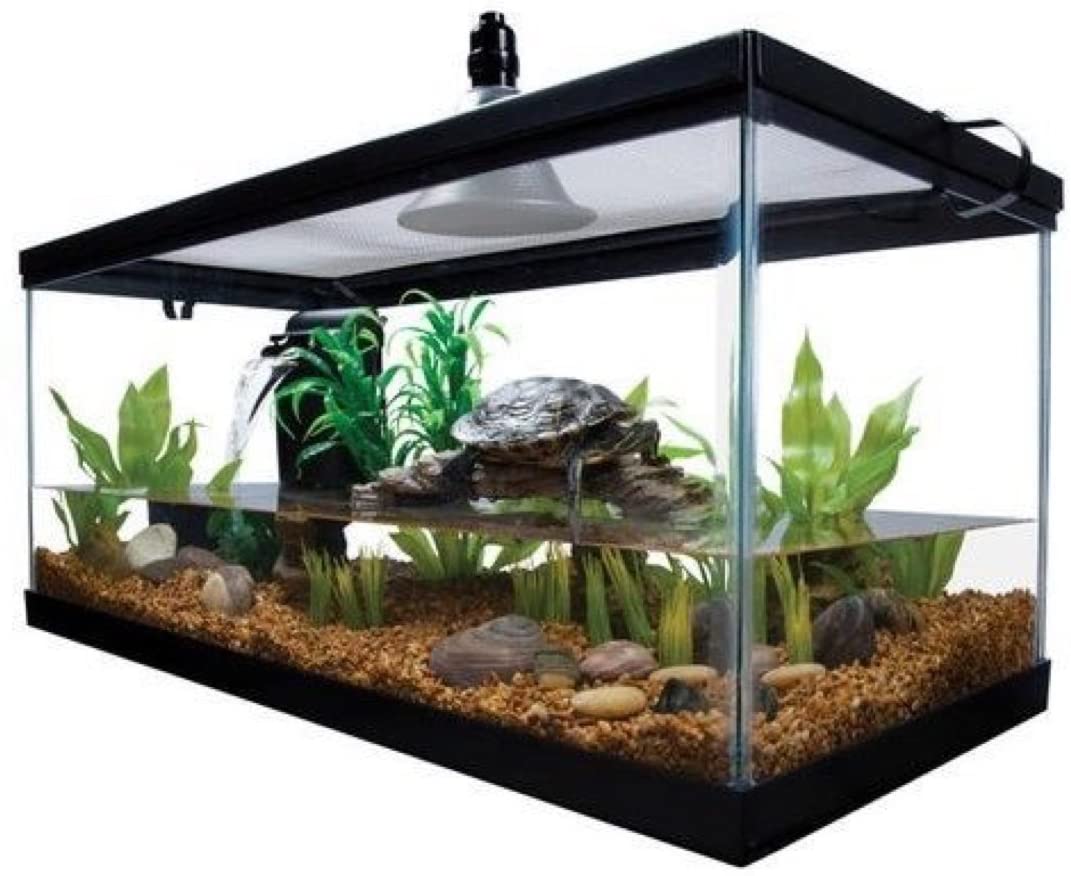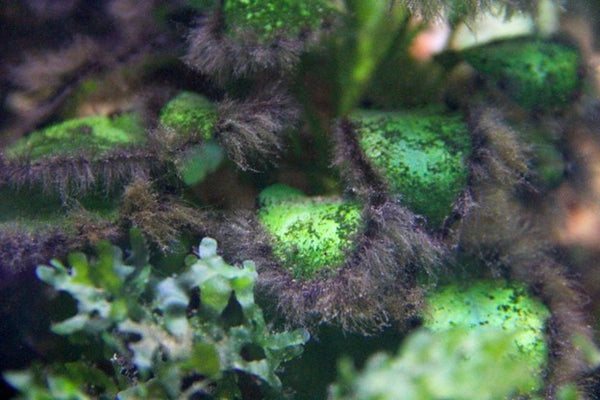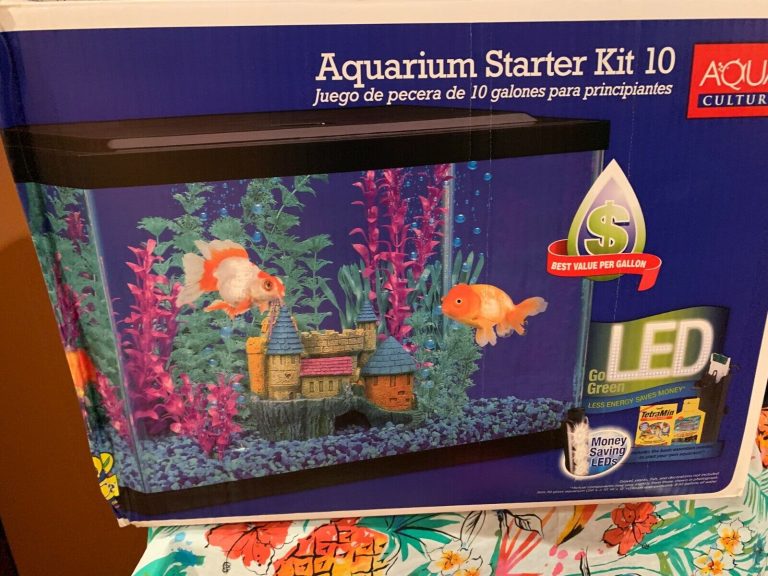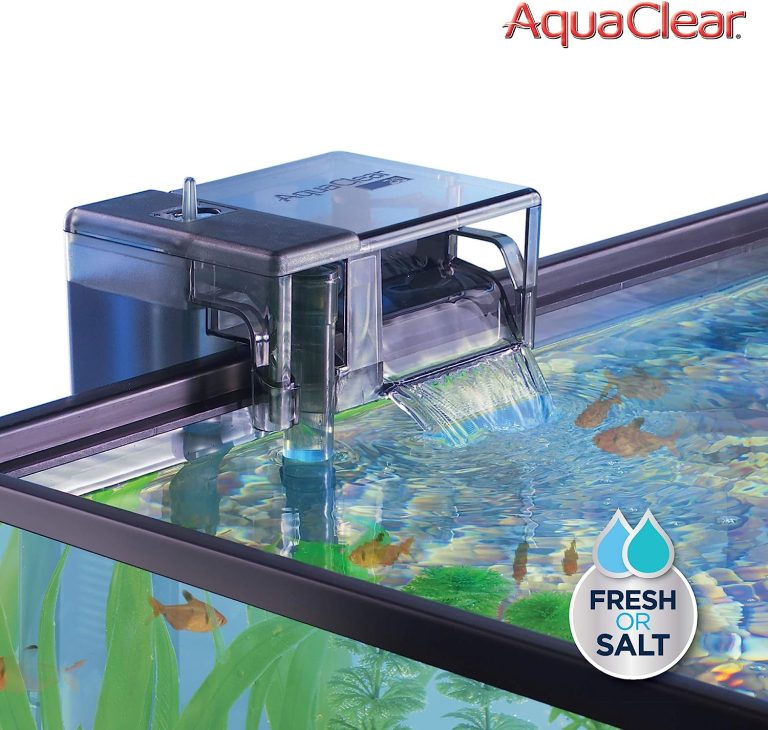Best Turtle Tank Setup
If you’re a reptile enthusiast and you’re considering getting a pet turtle, then you’ll need to create the perfect turtle tank setup to provide them with a comfortable and healthy environment. But what exactly does the best turtle tank setup entail? In this article, we’ll explore all the elements you need to consider when setting up a turtle tank to ensure the well-being of your shelled friend.
Tank Size and Design
The first and most crucial factor to consider when creating a turtle tank setup is the size and design of the tank itself. Turtles need a spacious habitat to thrive, so it’s important to choose a tank that provides enough room for them to swim, bask, and move around comfortably.
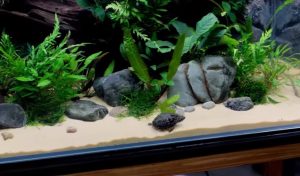
Tank Size
The general rule of thumb is to have a tank that can accommodate 10 gallons of water per inch of turtle shell. For example, if you have a turtle with a 6-inch shell, you should provide at least a 60-gallon tank. However, keep in mind that larger turtles will require even bigger tanks. The more space you can provide, the better.
Tank Design
Besides size, the design of the tank is also important. Opt for a tank with a wide and shallow profile rather than a tall one. This will allow your turtle to easily swim to the surface for air. Additionally, make sure the tank has a sturdy lid to prevent escapes and protect your turtle from household pets.
Water Quality and Filtration
Maintaining clean and high-quality water is vital for the health of your turtle. Turtles are messy creatures, and their waste can quickly pollute the water if not properly filtered. Here are some important considerations for water quality and filtration:
Water Filtration
Invest in a high-quality filtration system that is specifically designed for turtle tanks. The filter should be able to handle the size of your tank and provide both mechanical and biological filtration. Mechanical filtration removes debris and waste particles, while biological filtration helps establish a healthy balance of beneficial bacteria.
Water Testing
Regularly test the water parameters to ensure they are within the appropriate range for your turtle species. Use a water testing kit to monitor levels of ammonia, nitrite, nitrate, and pH. These parameters should be kept in check to prevent any harm to your turtle.
Water Cycling
Cycling the water in your turtle tank is essential for maintaining water quality. This process involves establishing a nitrogen cycle in the tank by introducing beneficial bacteria. It typically takes several weeks for the cycle to complete, so be patient and monitor the water parameters throughout the cycling process.
Basking and Heating
Turtles are ectothermic creatures, meaning they rely on external sources of heat to regulate their body temperature. Therefore, providing a proper basking area and heating system is essential for your turtle’s overall health and well-being.
Basking Area
Create a designated basking area within the tank where your turtle can climb out of the water and dry off. This area should have a dry platform, such as a rock or floating dock, with a rough surface to prevent slipping. Make sure the basking area is large enough for your turtle to comfortably rest and expose itself to the heat source.
Heating Equipment
Install a heat lamp or ceramic heater above the basking area to provide the necessary warmth for your turtle. The temperature gradient of the tank should allow for a basking spot temperature of around 90-95°F (32-35°C). Use a thermometer to monitor the temperature and adjust the positioning of the heat source accordingly.
UVB Lighting
In addition to heat, turtles also require UVB lighting to synthesize vitamin D3 and absorb calcium properly. UVB radiation mimics natural sunlight and is crucial for your turtle’s growth and overall health. Here are a few key points to consider regarding UVB lighting:
UVB Bulbs
Invest in a high-quality UVB bulb that provides a sufficient UVB output. The bulb should be specifically designed for reptiles and turtles, as regular fluorescent bulbs do not emit the necessary UVB wavelengths. Replace the bulb as recommended by the manufacturer, as the UVB output diminishes over time.
Lighting Duration
Turtles require an adequate amount of UVB exposure on a daily basis. Provide 10-12 hours of UVB lighting per day to ensure your turtle receives the necessary amount. Use a timer to automate the lighting schedule and maintain consistency.
Substrate and Decorations
While the primary focus of your turtle tank setup is creating a suitable aquatic environment, it’s also important to provide some elements of enrichment and stimulation for your turtle. This includes choosing the right substrate and adding appropriate decorations.
Substrate
Avoid using gravel or small stones as substrate in your turtle tank, as they can be ingested and cause serious health issues. Instead, opt for larger river rocks or smooth river pebbles that cannot be swallowed. These substrates are easy to clean and do not pose a risk to your turtle’s health.
Decorations
Introduce a variety of decorations to your turtle tank to create a more natural and engaging environment. You can add driftwood, aquatic plants, or artificial plants to provide hiding spots and create a more aesthetically pleasing setup. Just ensure that any decorations you choose are safe for your turtle and do not have any sharp edges or toxic materials.
Feeding and Nutrition
A proper diet is crucial for maintaining your turtle’s overall health. Depending on the species, turtles can be either herbivorous, carnivorous, or omnivorous. It’s important to research the specific dietary requirements of your turtle species and provide a well-balanced diet.
Dietary Variety
Offer a varied diet that includes a mix of commercial turtle pellets, fresh vegetables, and occasional live or frozen prey such as fish or insects. This will ensure that your turtle receives all the necessary nutrients, vitamins, and minerals to stay healthy.
Supplements
Consider adding calcium and vitamin supplements to your turtle’s diet to prevent deficiencies. Dusting their food with calcium powder or providing calcium blocks or cuttlefish bones as a calcium source can help maintain strong bones and shells.
Frequently Asked Questions
Q: How often should I clean the turtle tank?
Cleaning your turtle tank is essential to maintain a healthy environment. You should perform partial water changes every 1-2 weeks and thoroughly clean the tank, decorations, and filters every month. Regular maintenance will prevent the build-up of waste and maintain water quality.
Q: Can turtles live together in the same tank?
While turtles may tolerate each other’s presence, it’s generally not recommended to keep multiple turtles together in the same tank. Turtles are territorial and can become aggressive towards one another, leading to injuries or stress. It’s best to provide each turtle with its own separate tank.
Q: How long do turtles live?
The lifespan of a turtle can vary depending on the species and care provided. Some turtles can live for several decades, with some species living up to a hundred years or more. Proper care, nutrition, and a suitable habitat can contribute to a longer lifespan for your turtle.
Final Thoughts
Creating the best turtle tank setup requires careful consideration and attention to detail. By providing a spacious tank, maintaining clean water, and creating the right temperature and lighting conditions, you’ll be well on your way to providing a comfortable and healthy home for your turtle. Remember to always research the specific requirements of your turtle species and consult with a reptile expert if needed. With the right setup and care, your turtle can thrive and bring joy to your life for years to come.
